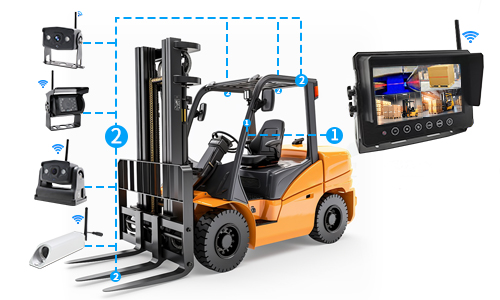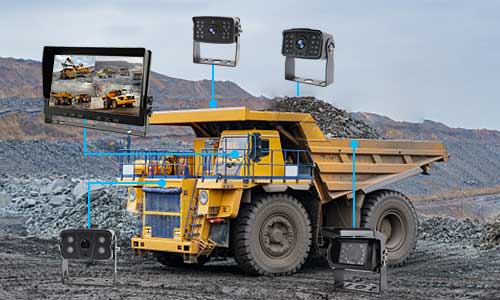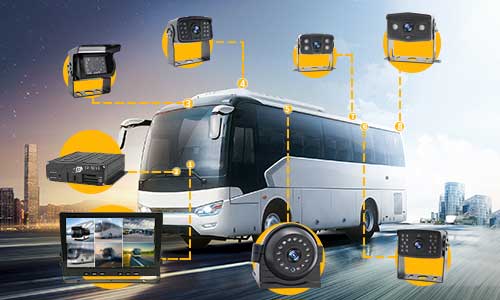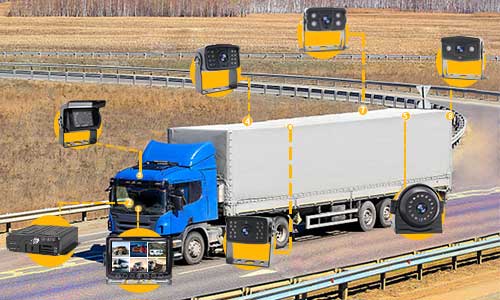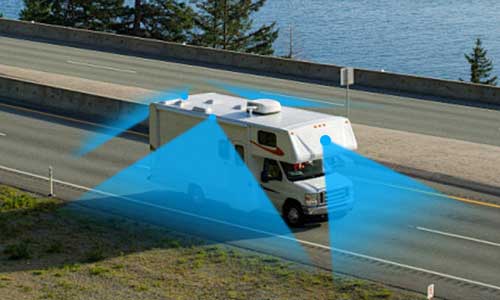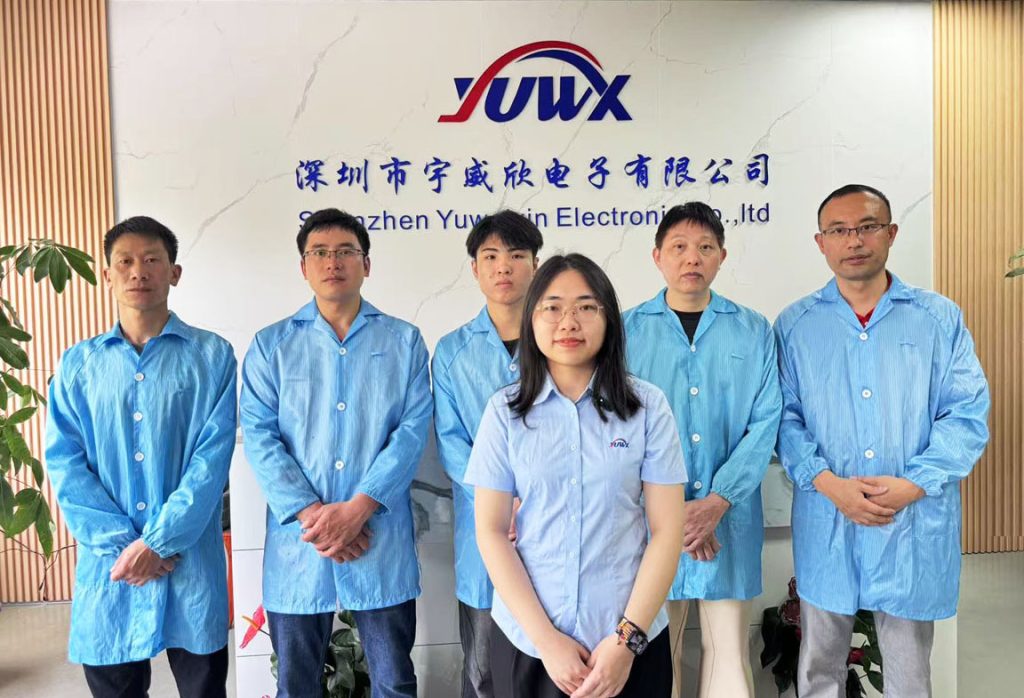Reversing Safety Enters a New Era
As modern vehicles become increasingly autonomous, reversing aid cameras are evolving from optional upgrades into essential safety components. Advanced Driver Assistance Systems (ADAS) are transforming how drivers interact with their vehicles, and the integration of reversing cameras plays a pivotal role. With growing safety regulations and consumer demand for enhanced situational awareness, the reversing aid market is undergoing a significant boom. At YUWX, we are witnessing how ADAS in car reversing aid cameras are reshaping automotive safety standards.
ADAS and the Rise of Intelligent Vision
ADAS technologies leverage sensors, software, and cameras to improve driving decisions. Among these, the reversing camera is one of the most widely adopted features. As ADAS systems mature, they integrate seamlessly with backup camera feeds to detect obstacles, pedestrians, and blind spots. This synergy creates smarter alert systems and real-time braking interventions.
In North America and Europe, regulations increasingly require car reversing aid cameras in all new passenger vehicles. Emerging markets are following suit. This regulatory momentum fuels mass adoption and stimulates OEM and aftermarket camera innovation.
How ADAS Enhances the Backup Camera Experience
Traditional backup cameras offered only passive video feeds. Modern systems, however, include predictive path overlays, object recognition, and adaptive lighting. These features work alongside radar and ultrasonic sensors to provide a comprehensive rear visibility solution.
For example, when a driver initiates reverse gear, the ADAS module processes camera footage and identifies moving objects. If a collision risk is detected, audible warnings or automatic braking may be triggered. These capabilities reduce accident risks, especially in crowded urban areas.
Technological Advancements Powering the Market
Recent breakthroughs in low-light imaging and AI-based recognition have significantly improved camera performance. Infrared-enhanced night vision enables clear imaging during nighttime or inclement weather. Meanwhile, machine learning algorithms continuously improve detection accuracy over time.
YUWX’s latest reversing camera modules use wide dynamic range (WDR) sensors and PCBs optimized for high-speed processing. These designs ensure rapid object recognition and reliable performance under varied lighting conditions. Additionally, compact camera housing and waterproof enclosures enhance durability and installation flexibility.
Market Trends: From Luxury to Mass Market
Car reversing aid cameras were once limited to luxury vehicles. Today, ADAS integration has democratized access. Subcompact sedans, electric vehicles, and commercial vans increasingly include factory-installed cameras.
According to a MarketsandMarkets report, the global reversing aid camera market is expected to grow at a CAGR of 12.3% from 2024 to 2030. Much of this growth is attributed to ADAS-driven safety mandates and rising consumer expectations.
Electric vehicles (EVs), in particular, benefit from reversing cameras due to their silent operation and compact designs. Without engine noise, pedestrian detection becomes even more critical, and cameras fill that gap.
Consumer Expectations and Interface Evolution
Today’s users expect intuitive interfaces and high-definition displays. ADAS-enhanced car reversing aid cameras now offer multi-angle views, zoom modes, and predictive lines that adjust with steering input. Integration with infotainment systems ensures a seamless user experience.
Touchscreen interfaces allow users to switch between views, while voice assistants interpret commands like “Show rear view.” This level of interactivity reinforces user trust and contributes to safer driving behavior.
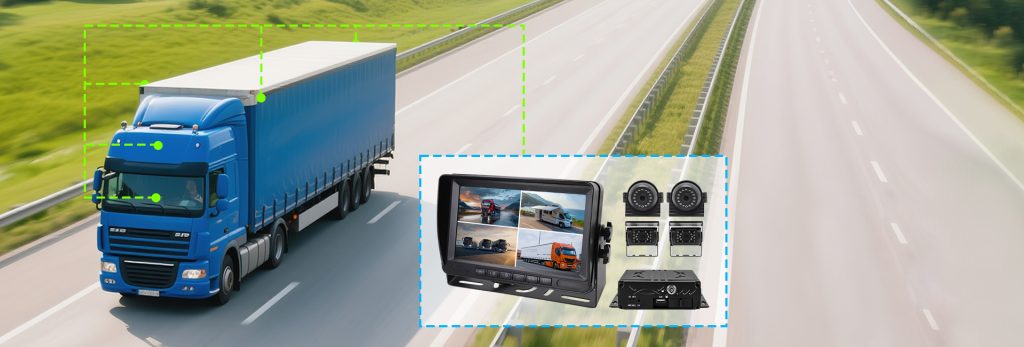
Key Applications Across Vehicle Categories
- Passenger Cars: Boosting safety for daily drivers in tight parking areas
- Electric Vehicles: Compensating for low noise and compact designs
- Commercial Fleets: Preventing property damage and liability in dense delivery zones
- Off-Road Vehicles: Enhancing terrain visibility in limited-sight environments
Each use case underscores how ADAS and car reversing aid cameras work together to elevate driver confidence and reduce errors.
Competitive Landscape and Innovation Pipeline
Companies like Bosch, Valeo, and YUWX are innovating rapidly. Key differentiators include resolution, latency, AI depth, and weather resistance. As competition intensifies, differentiation will hinge on smarter processing, wider FOV (field of view), and lower power consumption.
YUWX’s engineering team continues to refine image sensors and integrate them with radar modules for dual-mode detection. Our plug-and-play solutions simplify OEM integration and accelerate aftermarket deployment.
Challenges and Considerations
Despite the growth, challenges remain. Cost sensitivity in emerging markets may slow adoption. Data privacy concerns also arise with camera footage being processed in real time.
Another concern is driver over-reliance. Without proper education, users may neglect visual checks. Thus, training and system transparency remain essential.
The Future: Toward Full Autonomous Parking
Car reversing aid cameras are evolving into full autonomous parking assistants. When combined with 360-degree cameras, lidar, and V2X communication, vehicles will soon park themselves with minimal driver input.
ADAS is already enabling remote parking via smartphone apps. In the coming years, machine learning and AI will take over parking maneuvers entirely. YUWX is actively developing such solutions, targeting next-gen platforms and connected cars.
Conclusion: ADAS Is Driving Market Momentum
The integration of ADAS technology is fundamentally transforming the reversing aid camera market. From basic video feeds to intelligent decision-making tools, car reversing aid cameras have become indispensable.
YUWX remains committed to leading this transformation through advanced engineering and user-centric design. With safety, reliability, and innovation as core principles, we continue to redefine the future of reversing aid technology.
As vehicles grow smarter, reversing safely after dark or in tight spaces will become not just easier—but automatic. The road to safer parking begins with ADAS-driven vision, and YUWX is steering that journey forward.


